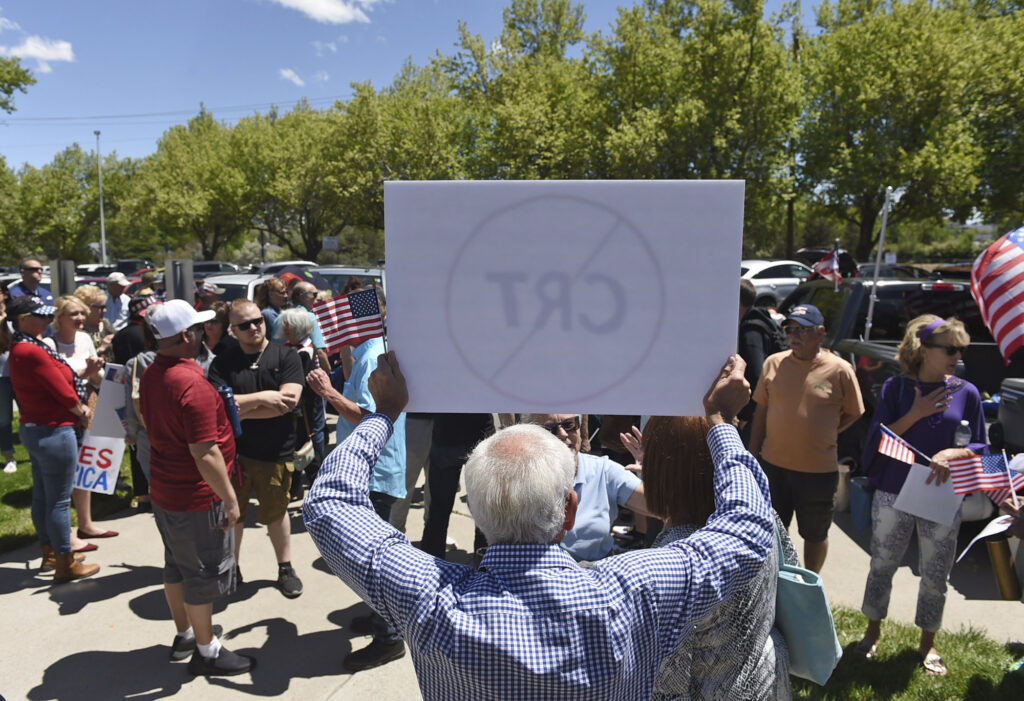Critical Race Theory (CRT) has gained popularity and traction because of recent controversy of new legislation HB8 and HB11. The bills have spread across the United States and several variations of the bill are on the way.
Multiple states are discussing whether or not CRT should remain in schools and the gravity of social media has led many people to make their own general interpretations for the definition of CRT. These generalizations have led to the spread of misinformation.
Critical race theory focuses on a systematic approach to racism rather than an individual one. It challenges the societal standards of race and allows people to view a larger picture beyond themselves.
According to Purdue University’s research, “Critical Race Theory (CRT) is a theoretical and interpretive mode that examines the appearance of race and racism across dominant cultural modes of expression.”
Critical race theory was created in the 1970s by a group of tenets that promoted anti-racism. The scholars invited different non-legal influences to share their ideas at conferences across America. They welcomed ideas from Malcolm X and Martin Luther King Jr.
Later in the 1970s, two Harvard professors of law, Alan David Freeman and Derrick Bell, supported the theory by publishing two articles. These articles cemented them as proponents of critical race theory. The student population at the time accepted and found the theory to be interesting. Bell’s students took the theory and expanded upon it.
“The color-blind law theory has never been the law,” said Freeman in his essay, Legitimizing Racial Discrimination Through Antidiscrimination Law: A Critical Review of Supreme Court Doctrine. “The Supreme Court has, in fact, explicitly upheld the use of racial classification on a number of locations.”
“The quest for the symbolic manifestation of new rights and the search for new legal theories have often failed to prompt an assessment of the economic and political conditions that influence the progress and outcome of any social reform improvement,” said Bell.
Two of Bell’s students, Mari Matsuda and Kimberlé Crenshaw, hosted the first conference titled New Developments in Critical Race Theory, in July of 1989 in Wisconsin. The conference was held at the University of Wisconsin-Madison. It was a well-planned workshop that discussed the “intersection of critical theory and race, racism and the law.”
“The problem is a system that reproduces bad outcomes,” said Matsuda for The New York Times in “Critical Race Theory: A Brief History”. “It is both humane and inclusive to say, ‘We have done things that have hurt all of us, and we need to find a way out.’”
Today, there are several uses for critical race theory. It can break down the mistreatment of people of color (POC) and ultimately POC has the resources and the technology to build a better society with CRT.
“For me,” said Matsuda. “critical race theory is a method that takes the lived experience of racism seriously, using history and social reality to explain how racism operates in American law and culture, toward the end of eliminating the harmful effects of racism and bringing about a just and healthy world for all.”
